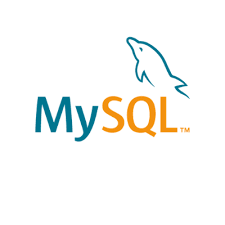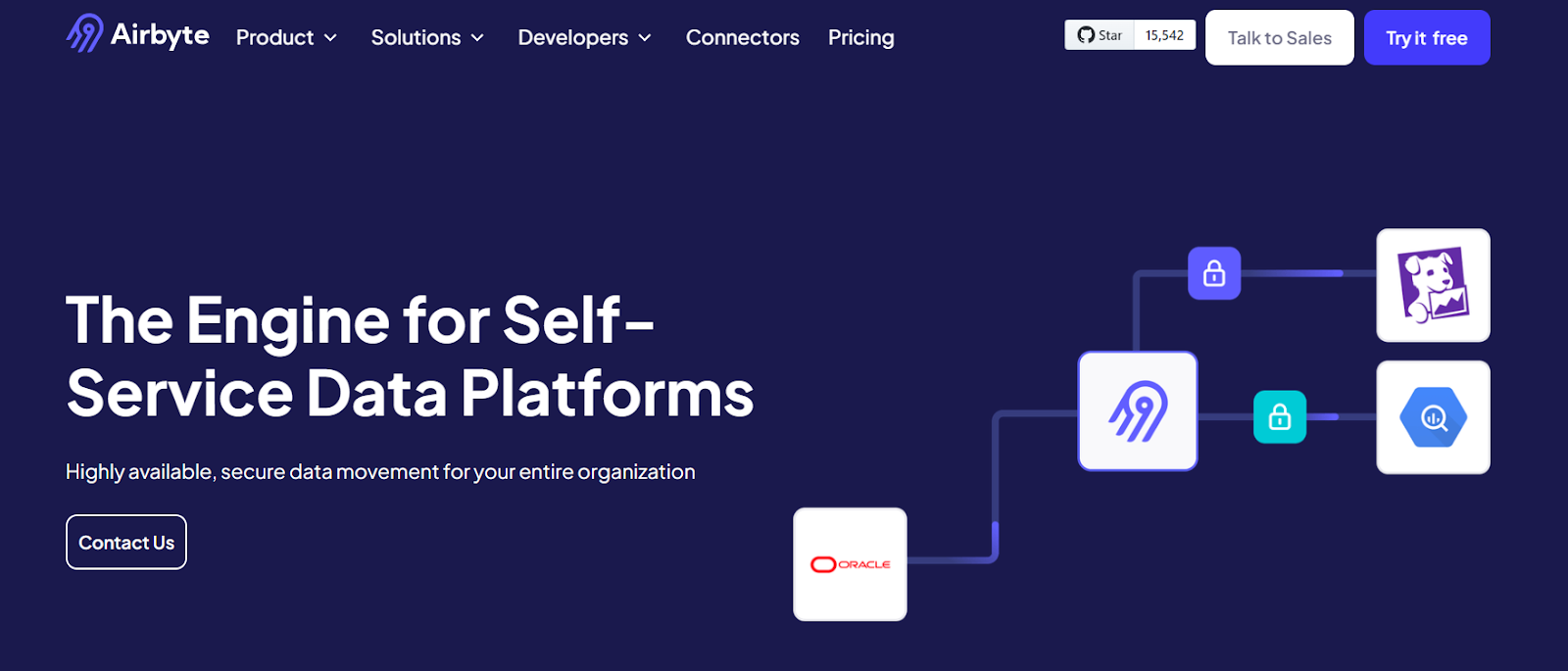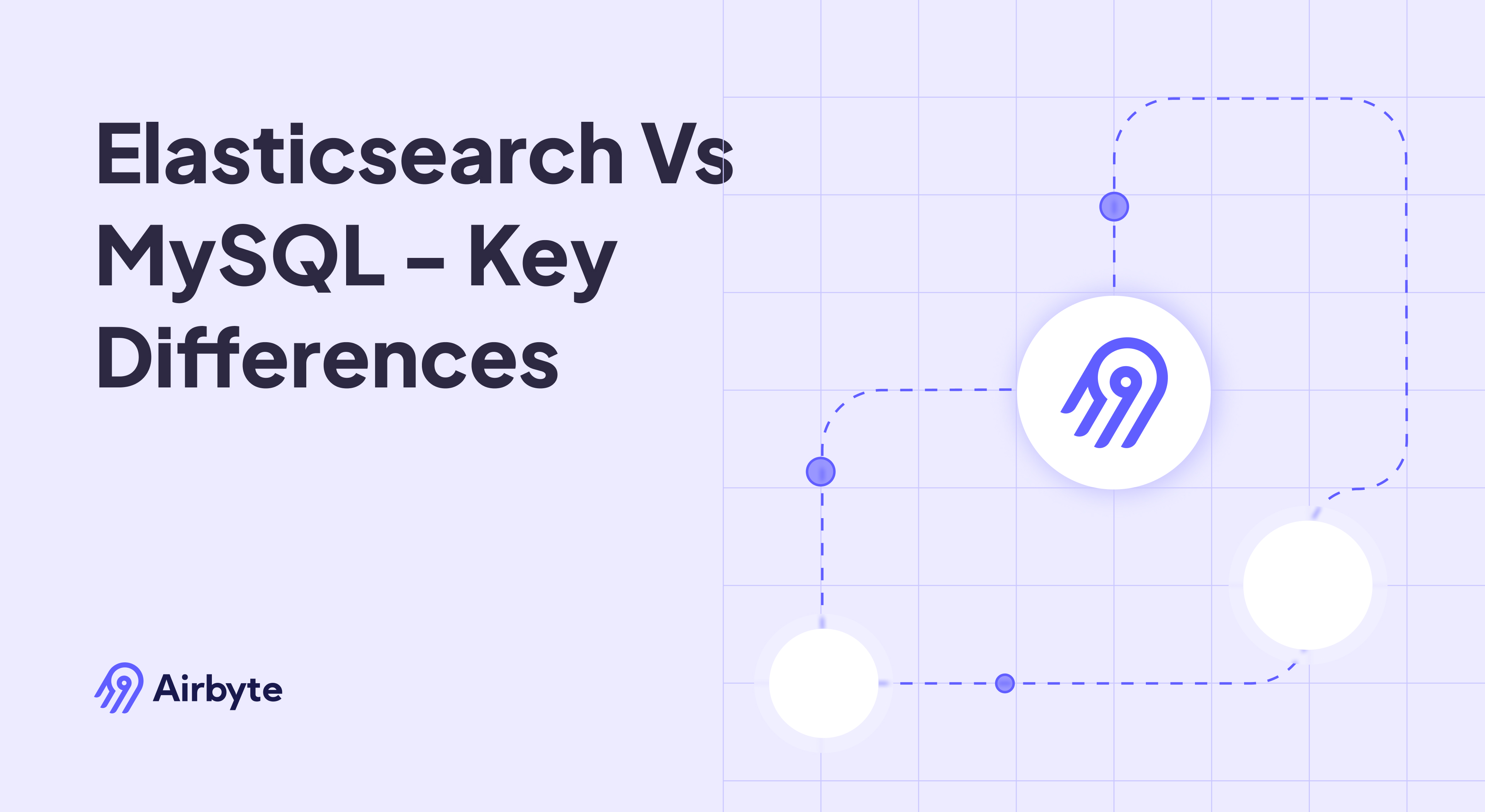Elasticsearch Vs MySQL - Key Differences
Summarize this article with:
✨ AI Generated Summary
Elasticsearch and MySQL serve different data management needs: Elasticsearch excels in real-time search, analytics, and handling unstructured JSON documents with horizontal scalability, while MySQL is a robust relational database optimized for structured data, complex queries, and vertical scaling. Key distinctions include:
- Elasticsearch uses distributed clusters, shards, and replicas for fault tolerance and scalability; MySQL employs a layered architecture with tables and indexes.
- Elasticsearch supports DSL and SQL-like queries for full-text search; MySQL uses standard SQL for transactional and relational data operations.
- Licensing differs: Elasticsearch offers free basic use under Elastic and Server Public Licenses with paid enterprise features, whereas MySQL is GPL open-source with optional paid editions.
- Airbyte simplifies data migration between Elasticsearch and MySQL with features like change data capture and schema management.
Data is the center of every operation that you perform. From collection to processing to analysis, you work with data to get outputs that will be most valuable for your business's success and growth. This is why selecting the right tool for storing, processing, and analyzing data has become critical.
According to recent stats, 40.3% of developers use MySQL, while 12.5% use Elasticsearch. MySQL is a renowned relational database management system that facilitates data organization into tables. Elasticsearch, at the same time, is a new trending tool used for data analytics and search performance optimization.
This article will discuss Elasticsearch vs MySQL differences, providing you with a clear understanding of which solution will best align with your data management needs.
Elasticsearch: Versatile Data Store

Elasticsearch is a search and analytics engine built on Apache Lucene. It can also be used as a vector database to store and search high-dimensional vector data. You can utilize this tool to store, index, manage, and analyze your data, small or large, in near real-time. Elasticsearch can also be optimized to perform aggregations on your data, making it ideal for scaling on-production analytical workloads.
Elasticsearch Key Concepts
- Clustering: Clusters are nodes (servers) that are used to hold your data. These clusters feature primary and replica shards. When the primary shard fails or goes down, the replica takes its place, preventing data loss.
- Snapshots: Snapshots are backups of the running Elasticsearch cluster. You can take snapshots of individual indices or the whole cluster and store them in a shared repository. The snapshots can be optimized for search and restore operations.
- Command Line Tools: Elasticsearch offers various command line tools that you can use to configure security requirements, setup node roles, and perform tasks like generating metadata files.
MySQL: A Robust RDBMS

MySQL is an open-source relational database management system ideal for both small and large-scale applications. It is very fast, reliable, and easy to use. MySQL is compliant with ANSI SQL standards and ensures compatibility with industry-standard SQL commands. This makes MySQL a go-to solution for applications requiring consistent data processing.
MySQL Key Concepts
- Structured Storage: MySQL allows you to store the data in the form of tables, with each table consisting of rows and columns. This structure makes it easy to define and manage data.
- SQL Querying: You can use SQL commands to perform operations like aggregation, insertion, joins, retrieval, and deletion on the data stored in the MySQL database.
- Indexing: Within MySQL, you can create indexes. Indexes act as a roadmap, helping you locate the specific data quickly without having to scan the entire table.
Elasticsearch vs MySQL: Key Differences
The main difference between Elasticsearch and MySQL is that Elasticsearch is a search engine optimized for full-text search and real-time data exploration, while MySQL is a relational database designed for structured data storage and transactional processing.
Here is a detailed explanation of the feature comparison between MySQL and Elasticsearch:
Architecture
Elasticsearch has a distributed architecture consisting of various components. Starting from the cluster, which is a collection of nodes (individual servers) working together to store and process data.
Another fundamental unit within Elasticsearch is the index. It is a logical namespace used to store data with similar characteristics. You can divide an index into smaller chunks called shards, which are further distributed across multiple nodes. Each document in an index belongs to one primary shard. Every primary shard has its copy, known as a replica shard, which, in case of failure, becomes the primary shard, preventing data loss.
Besides these, Elasticsearch uses specific ports for communication. Port 9200 is the default HTTP port of Elasticsearch. All the client libraries use this port to connect with Elasticsearch to send and receive information. The other is a custom binary protocol, Port 9300, which is used for inter-node connections.
In contrast, MySQL database has a three-layered architecture consisting—server resource, storage layer and the client end. The server layer manages the connection and client request, the storage layer is where the data is stored within tables. And the client layer is the interface between applications and MySQL database server.
Data Storage
In Elasticsearch, data is stored as key-value pairs within JSON documents. Each document has a unique ID and metadata associated with it. Metadata in Elasticsearch refers to the information related to the documents. An index includes a mapping, which defines the schema for the documents. This schema defines the data types of the field and how they will be indexed.
Here is an example of a simple Elasticsearch document:
Here:
- index: It specifies the index which the document belongs to in Elasticsearch.
- id: It is the unique identifier value of the document.
- version: It is the version number of the document.
- primary_term: It indicates the number of primary shards associated with the document.
- found: It is a value that helps to know if the document exists in the index.
- source: The actual content within a document containing details like email, name, bio, age, interests, and more.
Whereas, in MySQL, InnoDB storage engine is the default one, which manages and organizes data. The InnoDB storage engine uses tables to arrange the data on the disk. Each table consists of a primary key index, which helps you optimize queries. InnoDB also supports foreign key constraints, which help you check operations like insert, delete, and update, ensuring they do not result in inconsistencies.
Scalability
Elasticsearch supports horizontal scaling. It allows you to add extra nodes to your database cluster, helping you handle increasing workloads. To add more nodes to a cluster running over multiple machines, you must set discovery.seed_hosts. It is a static setting in Elasticsearch that provides the list of addresses to the master nodes. When you add a new node to a cluster, it references this list to discover and connect with the existing master nodes.
Traditionally, MySQL focuses on vertical scaling, which involves increasing the number of resources on the existing server to improve performance. To manage increased read requests, MySQL uses replication, which creates copies of the database on separate servers to distribute the load. Additionally, MySQL also supports sharding, but requires more manual configuration and setup compared to Elasticsearch.
Query
Elasticsearch provides you with a DSL (Domain Specific Language) for querying based on JSON. DSL offers robust search features for full-text search, including matching, nest queries, geo queries, and more.
For example:
The above example consists of a DSL query which will return the documents that match the provided text.
In addition to this, the Elasticsearch SQL feature allows you to implement SQL-like queries in real time.
In contrast to Elasticsearch, MySQL supports SQL for querying and managing relational data within the database. To retrieve the data, you can use a SELECT statement alongside the SQL query. If you want to filter or combine the data within the table, you can use clauses like WHERE, JOIN, and GROUP BY.
For example,
The above query will provide you with all the users and the order amount for users above 25 years of age.
Licensing
Though Elasticsearch’s code is freely available for anyone to use, modify, and distribute, it is now licensed under Elastic License and Server Public License. These licenses are not considered open-source, but you can still download and use the software for free with basic features.
However, to access the enterprise features, you will need a paid subscription. You can try Elastic Cloud or Elasticsearch Service. These services offer a free trial for 14 days; the Standard version starts at $95 per month. You can also use Elastic Stack, which is self-hosted and includes services like Kibana, Beats, and Logstash.
On the other hand, MySQL is available for free through the GPL open-source license. However, you can use these three MySQL versions: Standard, Enterprise, or Cluster Carrier Grade for extra data security and functionalities which are available on subscription basis.
Elasticsearch vs MySQL Performance Breakdown
When to Use Elasticsearch?
- Build Search Applications: Elasticsearch can be utilized to build search applications that provide relevant and accurate results for input queries. As a robust search engine, it can be optimized for developing e-commerce sites, helping users to quickly find products that they are looking for.
- Vector Database for Natural Language Processing: NLP works best with vector data, and it enhances tasks like search optimization, text classification, and more. Elasticsearch can function as a vector database, making it suitable for storage and searching vectorized data.
- Monitor Log Event Data: You can use functions like Elastic observability, Elastic APM, log monitoring, alerting, and more for event data management and system monitoring. These functions make Elasticsearch a robust tool that is useful for real-time monitoring systems.
When to Use MySQL?
- Transactional Systems: Transactional systems allows you to handle high volume transactions like exchange, update or data movement. MySQL can be utilized for building these systems because of its ACID properties, which ensure compliance and data integrity.
- Web Applications: Web applications are used for purposes like e-commerce, social media, or banking. You can utilize MySQL to store, handle and organize large amounts of data produced at the backend of these applications, such as user events, clicks, and metadata.
- Complex Query and Indexing: MySQL supports complex querying, indexing, and storage procedures. These functionalities make it a good fit for applications with intricate data retrieval requirements.
Migrating Data Between Elasticsearch and MySQL Using Airbyte
Migrating data between Elasticsearch and MySQL can be useful for several reasons. For example, you can migrate your data from MySQL to Elasticsearch and take leverage of its search and analysis capabilities. However, migrating data between these two systems can be challenging due to their differing data structures and indexing methods.
Airbyte simplifies this process for you. It is a data replication tool that offers a library of 400+ pre-built connectors for various sources and destinations, including data lakes, databases, data warehouses, and APIs. You can also set up a data pipeline and load data from Elasticsearch to MySQL within minutes.

Here’s how Airbyte simplifies the migration process:
- Change Data Capture: You can optimize the change data capture to identify the changes within your source and replicate them in the destination. This helps you maintain data consistency when you migrate data from MySQL to Elasticsearch.
- Developer-Friendly Pipeline: Airbyte offers PyAirbyte, which is an open-source library. With this library, you can extract data from required sources using Airbyte connectors in your Python environment.
- Connector Development Kit: Using Airbyte CDK, you can build custom connectors and transfer your data from source to destination within 10 minutes.
- Schema Management: This feature of Airbyte allows you to manage the schema for each connection. Through schema management, you can make sure that the data is correctly synchronized between required systems.
Conclusion
Elasticsearch and MySQL are among the most utilized tools for data management. MySQL is ideal for handling structured data for applications requiring reliable complex querying and data integration capabilities. Elasticsearch, on the other hand, is known for its search engine optimization. The debate as to which is better between Elasticsearch vs MySQL ultimately depends on your specific use case requirements.

